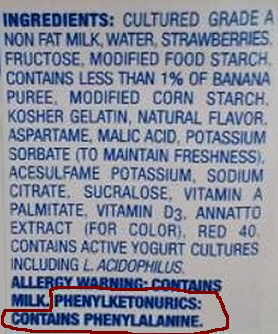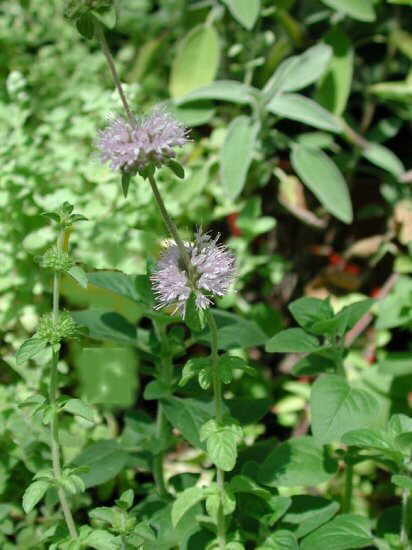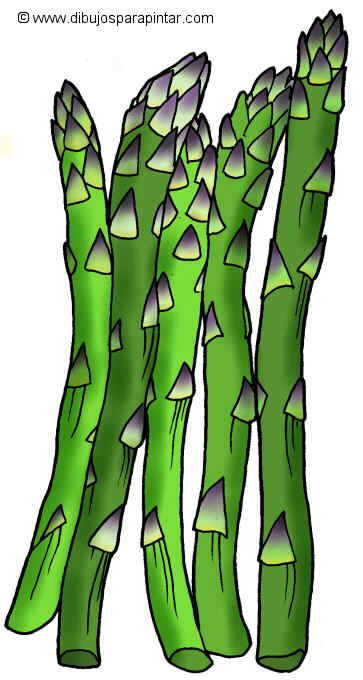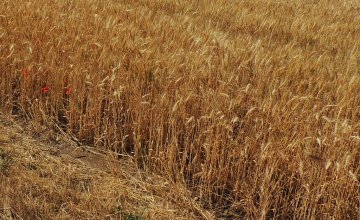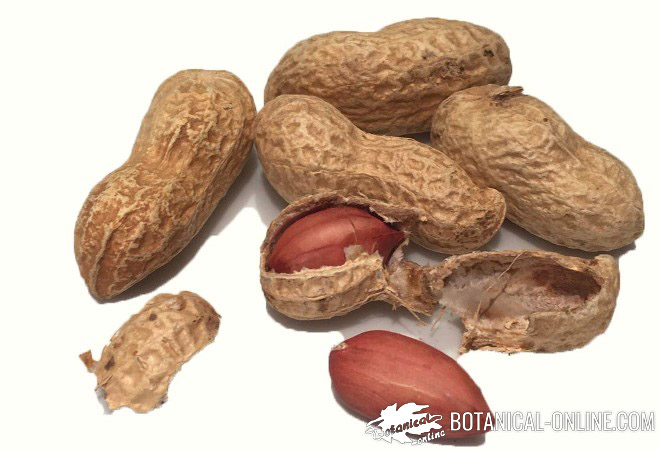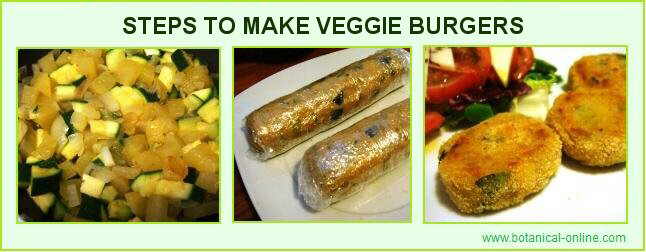Contents
Benefits and functions of phenylalanine, essential amino acid
What is phenylalanine?
Phenylalanine is an essential amino acid that the body can not synthesize and therefore must be provided by the diet. The richest foods in this amino acid are milk and dairy products, meat and fish.
Phenylalanine is a precursor of tyrosine, an amino acid involved in the production of neurohormones and some chemicals such as norepinephrine, tyramine, epinephrine, dopamine, thyroxine, or cholecystokinin (CCK).
The abbreviation for this amino acid is Phe.
Properties of phenylalanine
Photo of a label of sweetener aspartame. The label reads: “Contains phenylalanine”, so it is not suitable for phenylketonuria. |
Its functions lie in keeping our brain active, producing chemical messages through neurotransmitters, promoting learning and memory. The levels of phenylalanine in the blood and cerebrospinal fluid remain virtually constant throughout life.
It is also responsible for maintaining a good mood managing to increase the level of endorphins in our body. Thus, food intake with phenylalanine may help reduce the symptoms of depression and Alzheimer’s.
Phenylalanine and tyrosine are essential to produce thyroxine, a hormone responsible for the proper functioning of the thyroid gland, which controls the body’s metabolism. The deficit produces thyroxine hypothyroidism.
Phenylalanine cooperates, along with tryptophan in appetite control. It does so through the release of cholecystokinin (CCK), an intestinal hormone responsible for sending the signal of satiety after eating.
It has also been found that helps reduce the sensation of pain. Very useful in anomalies such as rheumatoid arthritis, back pain, muscle pain, dysmenorrhea, etc.
Therefore, the deficit may cause various deficiency symptoms, such as proper contribution can minimize such symptoms in some diseases associated with these characteristics.
Phenylalanine is an essential element in the formation of collagen in our body, thus helping to achieve a connective tissue under the right conditions and a good state of our skin. Useful to reduce skin blemishes, freckles or moles.
Types of phenylalanine
Phenylalanine is normally presented in three ways:
– L-Phenylalanine: The most common in food and that one which is usually found in protein supplements.
– D-Phenylalanine: It is mainly used to relieve pain and listless moods, depression, etc.
– D L-Phenylalanine: It is a mixture of 50% of the previous two, with the capacity to paralyze some brain enzymes and prevent paralysis of some hormones such as endorphins.
Either way you prefer, it should not be given without a doctor or for more than 2-3 weeks.
Foods containing phenylalanine
Animal foods are those that contain more phenylalanine, for example cheese.
Within plant foods, we include, for example, peanut butter
* More information: Foods rich in phenylalanine
Poor foods in phenylalanine
Foods that contain little phenylalanine are fruits and vegetables (asparagus, potatoes, etc). They also contain phenylalanine, but in a smaller amount than all previous foods
Phenylalanine supplements
Although you can take phenylalanine supplements, it is recommended to cover the needs of this amino acid through a balanced diet. If supplementation, it is appropriate to consultation a specialist before taking it.
* Related information:
– How to combine vegetable proteins
List of amino acids in food | |
Essential amino acids | Nonessential amino acids |
Phenylalanine, Isoleucine, Leucine, Lysine, Methionine, Threonine, Tryptophan, Valine | Aspartic acid, Glutaminic acid, Alanine, Arginine, Cysteine, Cystine, Glycine, Hydroxyproline, Proline, Serine, Tyrosine |
![]() More information on amino acids.
More information on amino acids.

